Summer Is Coming. It really is. Even if the weather has been all over the place lately. But give it another two months, and it will be, to quote DJ Jazzy Jeff & The Fresh Prince, summer, summer, summertime. And summertime brings baby swallows, swifts and martins. You can already start seeing these tippy tail-birds all over the skies from April onwards, gobbling up mozzies and flies along the way. Being highly aerial, these birds eat and drink during flight, and even bathe, mate, and sleep on the wing!

Mysterious Flyers
(© Maxvandaag.nl)
Keep ‘Em Coming
Because these aerial high-flyers are so busy up there, we don’t get to see all that much of their actions. And unfortunately, we will be seeing even less of them, as they are in some serious trouble. House martin, swallow and swift populations are rapidly declining. Swift numbers alone have halved in just the past 20 years. The main causes:
- Insecticides used in farming: have you noticed how few insects we have buzzing about these days? Their numbers are massively reduced, which means the birds’ food source is also getting smaller and smaller.
- The loss of suitable nesting sites: these birds like to nest on beams, under the eaves of buildings, and in deep cavities such as holes around pipework, missing bricks etc., but the disappearance of old houses (and previous nest sites to return to), along with people’s negative attitudes towards birds nesting on their property, and modern construction which tends to seal buildings tightly, leaves no space for new nests.
- Climate change affects our birds, too: it creates cold and wet summers, overwintering sites abroad are changing, and migration routes are becoming more difficult.
Making you feel sombre and powerless? Chin up, you can help! Besides doing your everyday bit to fight climate change including opting for insecticide-free foods, you can help these feisty flyers by creating nesting sites for them. There is a wonderful, highly detailed article on making swift homes, available on Swift-conservation.org.
Another very handy guide can be found here - it provides tips specifically adapted to housing either common swifts, barn swallows, or house martins, as they each have their own nesting preference, from eaves to beams.

Placing a Swift Box
(© Vogelbescherming.nl)

Cavity-loving Shy Swift
(© Vogelbescherming.nl)
Identifying Fast Flyers
All eaves aside, how do you, first of all, know which bird is actually which? They sure look alike and are quite similar in behaviour. There are some clear differences however, so you can tell them apart no matter how swiftly they swoop by. We’ve winged through several great birding sources and flocked as many details together as we could, from beaks to babas. Below, you will find their main characteristics listed, which should help you identify them in the blink of an eye and the flutter of a wing. The more we know about them, the better we can help them find a suitable nest site, whether self-built or store-bought, and survive on this beautiful planet we all share and can welcome as one home.

Swift Sharing Home
(© Vogelbescherming.nl)
(Common) Swifts

Common Swift
(© Mike Langman (rspb-images.com))
|
Colour |
Dark all over, with lighter throat |
|
Tail |
Short |
|
Wings |
Long |
|
Beak |
Short |
|
Measurements |
Length: 16-17 cm |
|
Sound |
“Shreeee!” |
|
Behaviour |
Winter habitat: Africa Often found in parties, swooping low and fast around buildings, screaming and chasing one another all day long - but luckily not noisy at the nest Swifts pair for life, meeting up in the spring at the same nest site |
|
Babas |
Eggs: white, smooth, matt, 25 mm by 16 mm Juveniles: have a pale eyebrow |
|
Feeding |
Flying insects and airborne spiders, avoiding stinging insects When it is warm, insects will be carried higher in the air causing the swifts to fly at higher altitudes (on average around 50-100m, though sometimes as high as 1000m), and nearer to the ground when it is colder In rough weather, they will feed over water where more insects can be found Drink water by catching raindrops in the air or flying low over water, skimming from the surface |
|
Misc |
Swifts are larger than swallows Slim, tapering body Wings appear crescent/scythe-like during flight Relative to their body size, they have the shortest legs of all birds, and can’t take off from the ground, which is why they need to take off from a good height, and you won’t find them perched on a wire or fence; they can hardly walk! If you spot an uninjured swift on the ground, place it on your hand with the bird facing forwards, and slowly raise your arm up and down to encourage it to take off |

Common Swift, Help When Found On Ground Without Obvious Injuries
(© Blascozumeta.com)

Common Swift Nest
(© Swift-conservation.org)
- Breeding starts: Late May
- Clutches: 1
- Eggs: 2-4
- Incubation: 19-20 days
- Fledge: 35-56 days

Common Swift In Flight
(© Keta Detail of Apus_apus_flock_flying.jpg, CC BY-SA 3.0, https://commons.wikimedia.org/w/index.php?curid=2817682)
(Barn) Swallows

Barn Swallow
(© Mike Langman (rspb-images.com))
|
Colour |
Red throat, chin and forehead |
|
Tail |
Distinctly forked |
|
Wings |
Long |
|
Beak |
Short |
|
Measurements |
Length: 17-19 cm |
|
Sound |
A quavery mix of trills and twitters, similar to the sparrow’s ramble: |
|
Behaviour |
Winter habitat: southern Africa Often circling gracefully overhead, or swooping low over water and ground. Swallows fly low when rain is on the way, and high when the weather is good Perch in large flocks before returning to Africa Nests are against a beam or shelf in buildings or a ledge on cliffs |
|
Babas |
Eggs: white with reddish speckles, smooth, glossy, 20 mm by 14 mm Juveniles: duller in colour, shorter tail, lack the red throat |
|
Feeding |
Catch insects on the wing, in open areas above shallow waters or ground Drink by flying low over water, scooping up water from the surface |
|
Misc |
The long forked tail gives exceptional flight manoeuvrability, much better than the swifts’ or martins’ |
![Barn Swallow - © I, Malene [CC BY-SA 3.0 (http://creativecommons.org/licenses/by-sa/3.0/)]](http://cdn.shopify.com/s/files/1/1570/8351/files/Landsvale_large.jpg?v=1556897426)
Barn Swallow
(© I, Malene [CC BY-SA 3.0 (http://creativecommons.org/licenses/by-sa/3.0/)])
![Barn Swallow Nest © Mario Modesto Mata [CC BY-SA 3.0 (https://creativecommons.org/licenses/by-sa/3.0)]](http://cdn.shopify.com/s/files/1/1570/8351/files/barn_swallow_young_large.JPG?v=1556897549)
(© Mario Modesto Mata [CC BY-SA 3.0 (https://creativecommons.org/licenses/by-sa/3.0)])
- Breeding starts: April-May
- Clutches: 2-3
- Eggs: 3-8
- Incubation: 14-16 days
- Fledge: 17-24 days

(© Birdsna.org)
House Martins

(© Mike Langman (rspb-images.com))
|
Colour |
Distinctive, bright white throat and rump |
|
Tail |
Forked |
|
Wings |
Broad |
|
Beak |
Short |
|
Measurements |
Length: 12 cm |
|
Sound |
Song: a sharp “jik, jik” with ongoing, babbly twittering: Call: a weak chirrup: |
|
Babas |
Eggs: white, smooth, matt, 19 mm by 14 mm Juveniles: brown crowns, the white areas are buff-grey |
|
Feeding |
Feed during flight on insects such as flies, beetles, and aphids |
|
Behaviour |
Winter habitat: tropical Africa Nest in colonies Build mud cups under the eaves of houses - during dry periods, you can help them by leaving an area of wet mud for them to use |
|
Misc |
House martins are smaller than swallows They can be confused with sand martins, who are smaller, brown, appear paler, have a breast band, lack the white rump, and they nest in sand banks and quarries |

(© Julien Daubignard, Oiseaux.net)

(© M Palmer photorasa.com)
- Breeding starts: April-May
- Clutches: 2-3
- Eggs: 2-6
- Incubation: 12-19 days
- Fledge: 19-25 days

(© Limburger.nl)

(© http://www.record-lrc.co.uk/Images/Uploads/SpeciesSpotlight_holder/May%20-%20house%20martin.jpg)
![Last But Not Least: Not a House Martin, But an Adorkable Looking Sand Martin - © Axel Strauß [CC BY-SA 3.0 (http://creativecommons.org/licenses/by-sa/3.0/)]](http://cdn.shopify.com/s/files/1/1570/8351/files/Riparia_riparia_large.jpg?v=1556898111)
(© Axel Strauß [CC BY-SA 3.0 (http://creativecommons.org/licenses/by-sa/3.0/)])





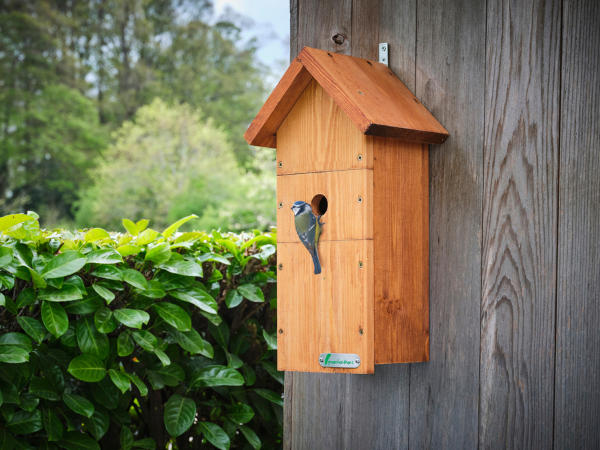
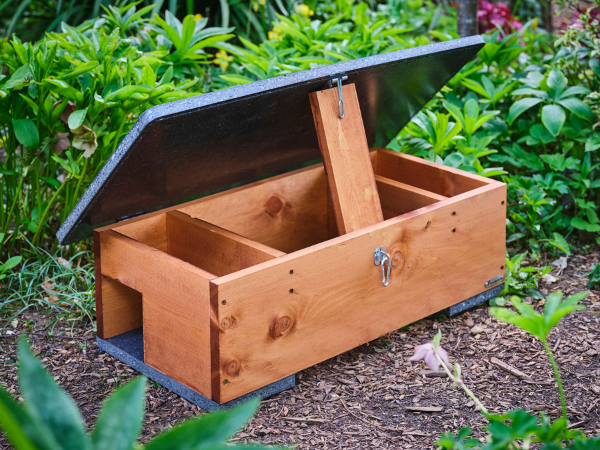
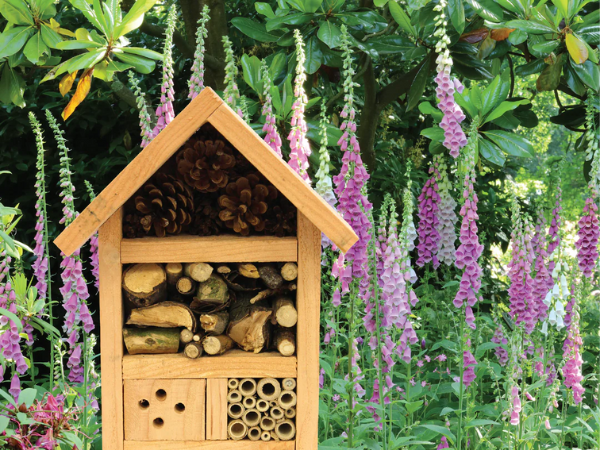
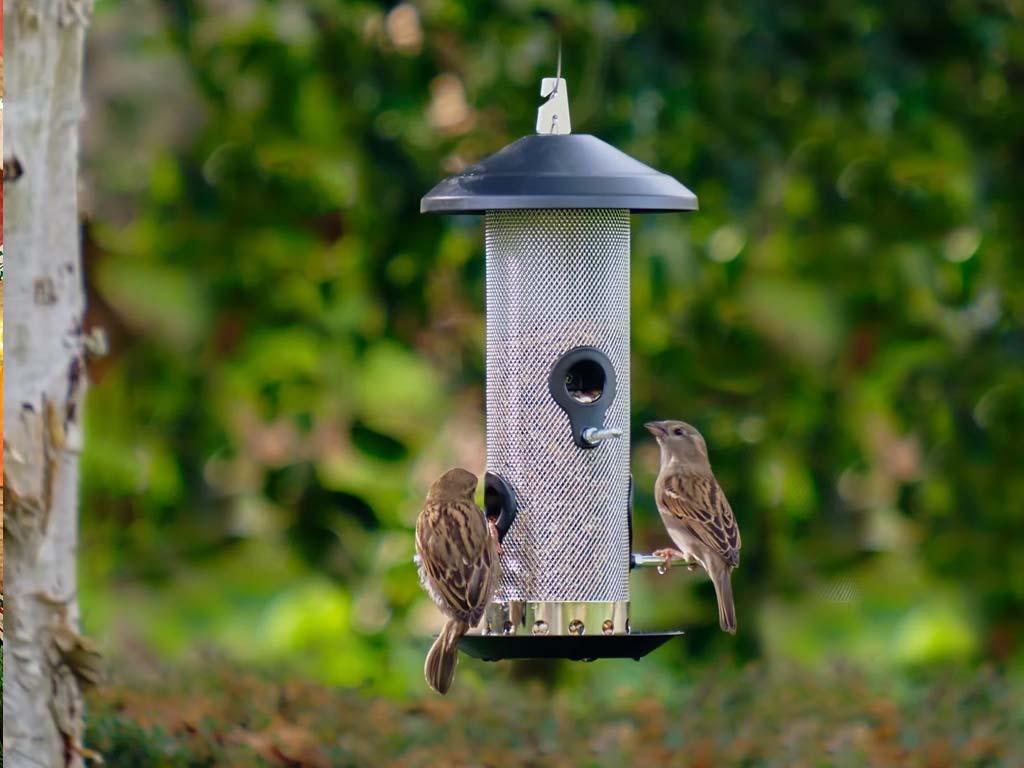
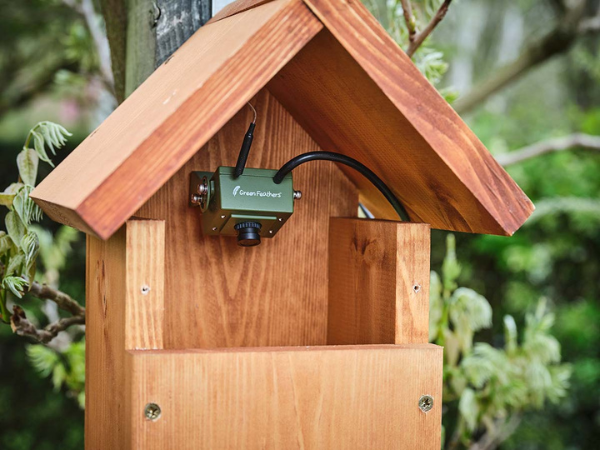
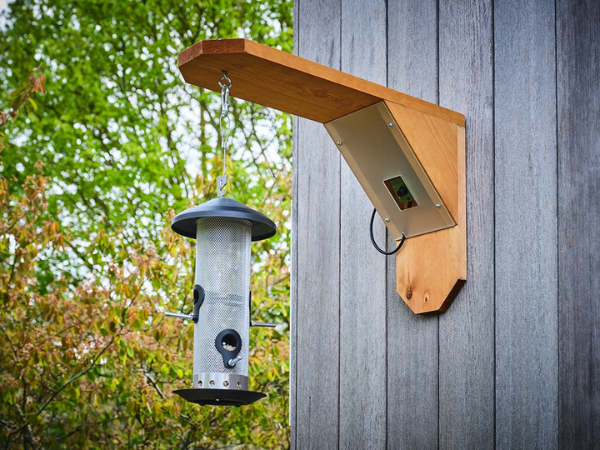



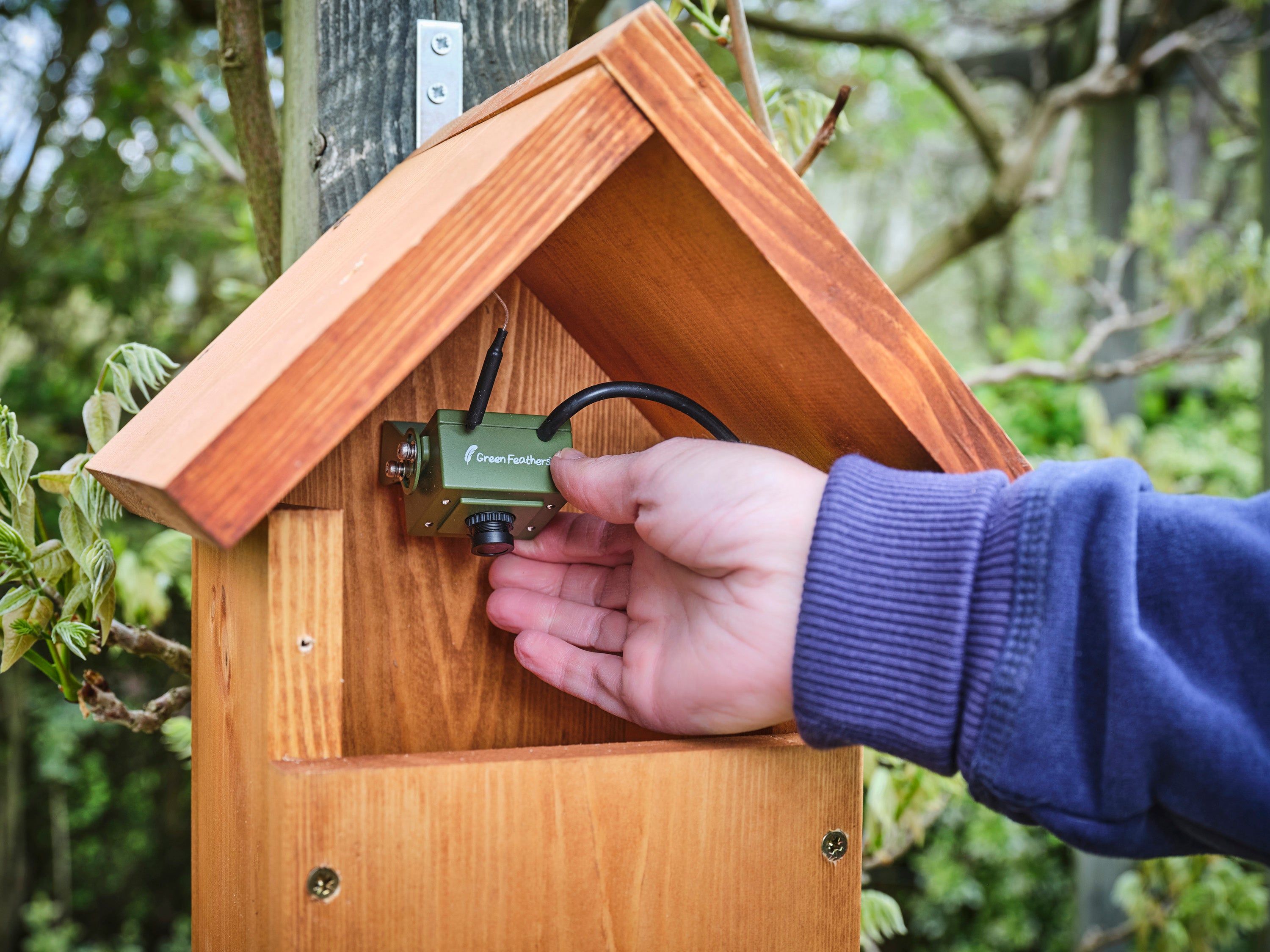
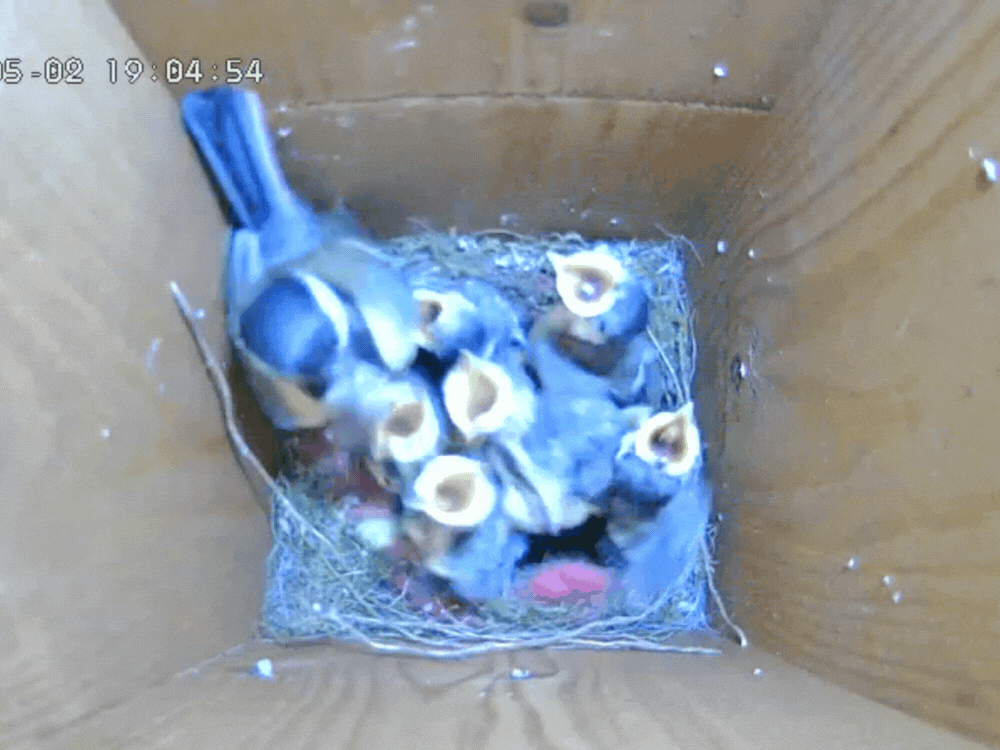



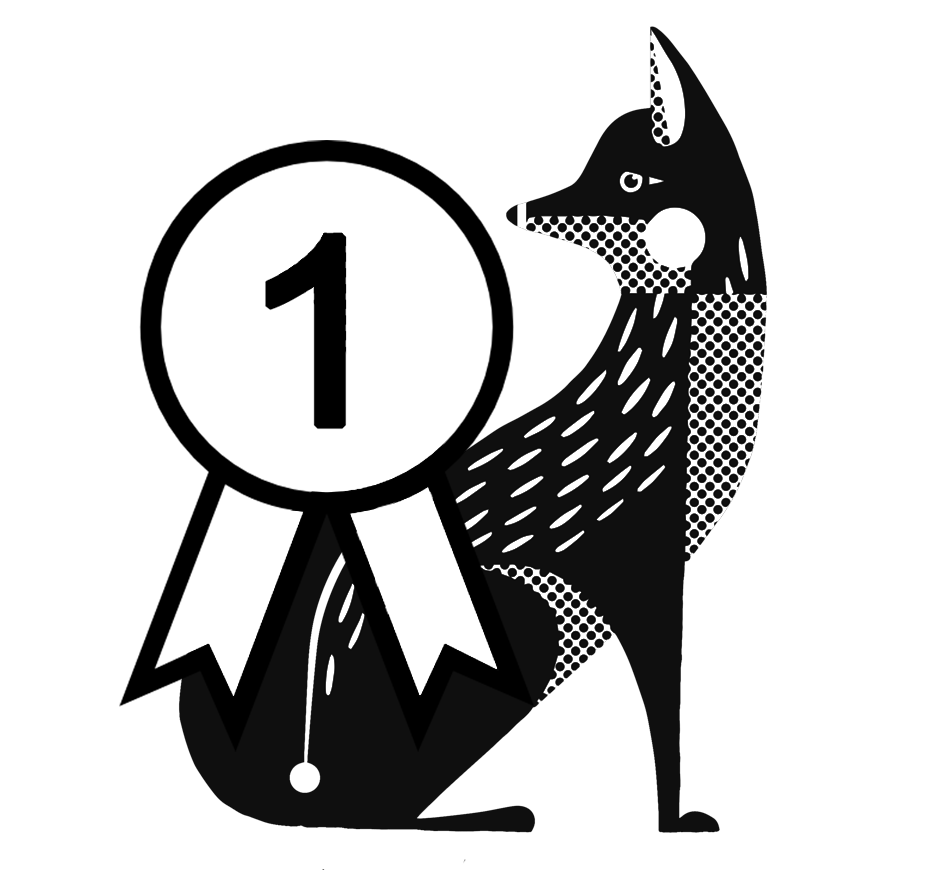






Thank you for such detailed information. I’ve been sitting out in the back garden…..and now know that I watching Swifts taking insects in flight.
Thank you, we now recognise what is around us. I would ask if sound bites of their calls could be added for clarity?
I thought they were swifts, now I know,. Thanks. Lovely to see about 15 above my home. Now they r higher up (it must b warmer!) I can count them.
This post was very helpful, all the information in one place to help identify between these fascinating birds. We have a pair of Swallows breeding in our open barn.
Thank you very much for this information, I have always been confused differentiating between the three breeds that bless our skies.
I named our farm house the Swallows, what I know now is truly a house Marin, we have +/- 20 nests in the back and front eves, they come each year ever since our local stone owl left the area.
Across the canal finds the Barn Swallow nesting in the Stolp-boerderij of our neighbors. I only have not recognized the red throat, I’ll have to watch more carefully. The barn swallows seem more numerous in our area.
Also Swifts bless our skies, I think they nest in the taller kaakberg’s in and around our village. They are far longer and streamlined than the others.